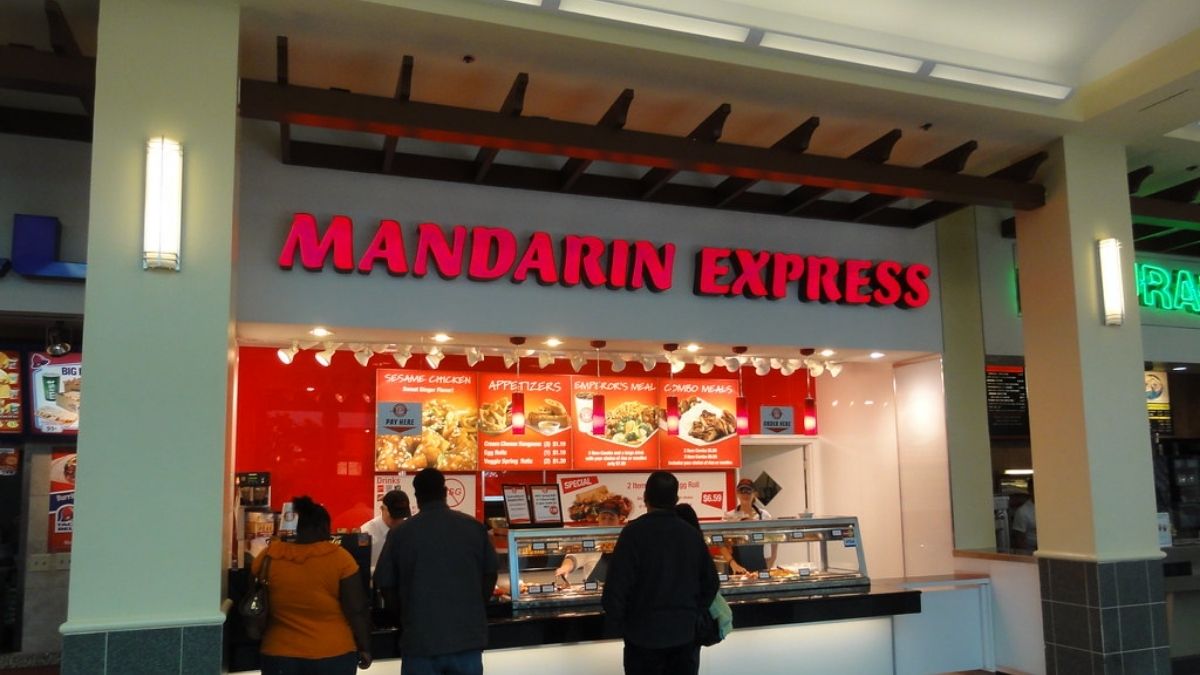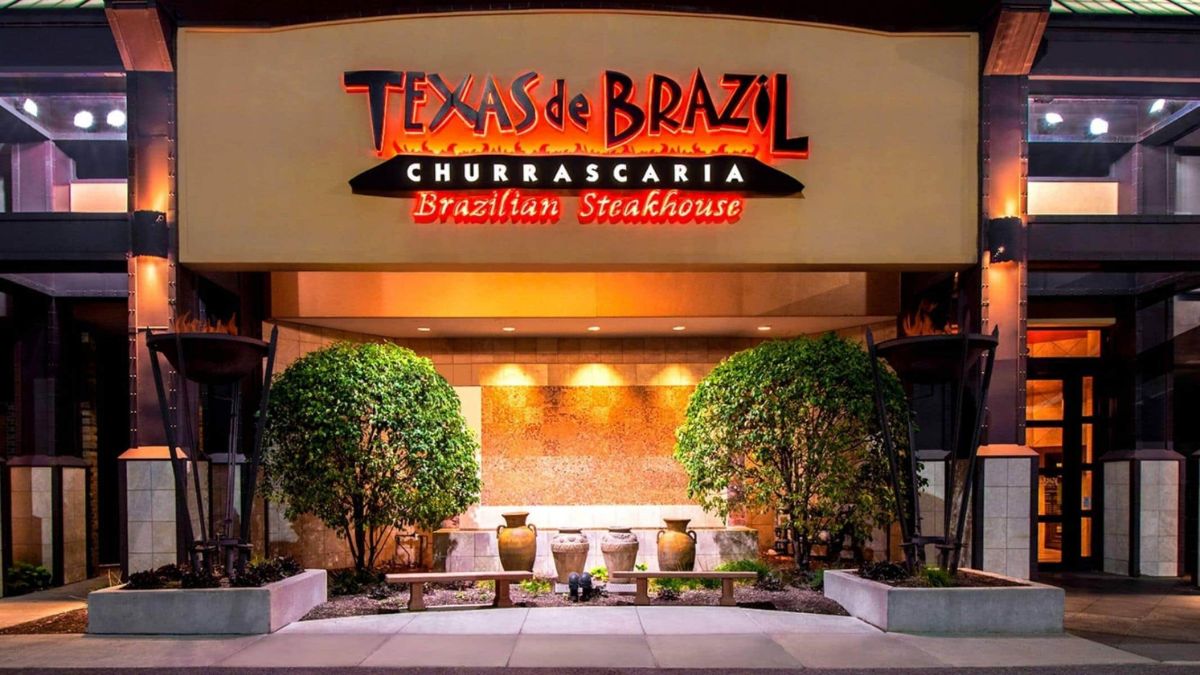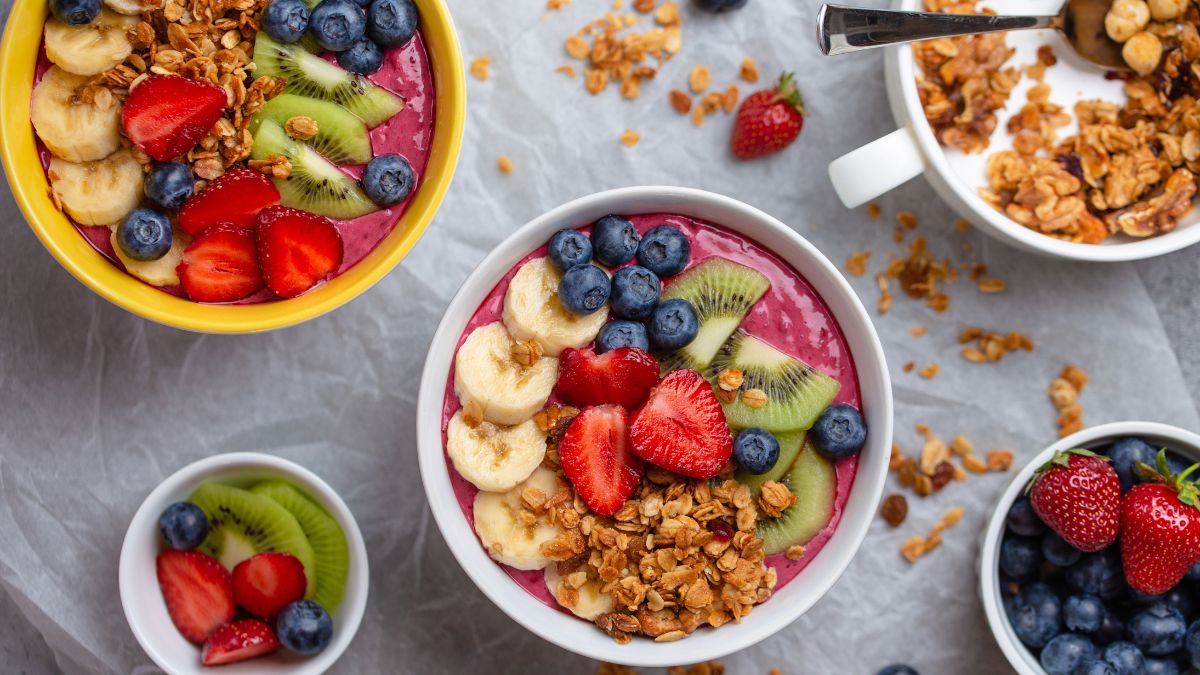American-Chinese food and pseudo-Mandarin restaurants have grown substantially in the US for decades and are still quite popular today. Originally, they were brought about by Chinese immigrants who swarmed America in the mid-1800s in an event known as the California Gold Rush. After that, tons of traditional Chinese ingredients and foods were imported to America’s west coast and laid the foundation for American-Chinese cuisine.
Today, there are tens of thousands of “Chinese” restaurants in America, and some brands are very well-known, such as Panda Express, Pick Up Stix, and Chinese Gourmet Express. Mandarin Express is a humbler chain that began in 1985 and now operates in 13 states with a few dozen locations.
Mandarin Express has some vegan items served as appetizers, entrees, and noodles. They don’t have much on their list at all. Most of their options can’t be customized for vegans.
They do have a nutrition guide chart available from their website and on-site. They state from there that all their recipes contain ingredients/traces of seven major food allergens (milk, eggs, tree nuts, peanuts, shellfish, soy, and wheat) recognized by the FDA, and this is mainly due to shared cooking and processing equipment. So they advise you to use caution and judgment before consumption.
Vegan Options At Mandarin Express
Here are their vegan-friendly items beginning from appetizers, and entrees, to rice & noodles.
- Spring Rolls – Appetizer. A crispy wrap filled with tender vegetables.
- Chinese Green Beans – Entree. A serving of fresh green beans tossed in a seasoned soy sauce.
- Mixed Vegetables – Entree. An array of vegetables freshly wok’d in wine sauce. The sauces contain chicken stock, so maybe you can ask them to get rid of that for you.
- Lo Mein – Noodles. Thin noodles stir-fried with vegetables.
- Fried Rice – Rice. Perfectly seasoned fried rice with egg, bean sprouts, carrots, onions, and peas. You can have them skip the egg.
- Steamed Rice – Good ol’ plain white rice steamed to perfection.
Verdict
At first glance, you can already tell it’s one of your run-of-the-mill Cantonese restaurants that barely has much to offer. The food tastes identical to any other American-Chinese cuisine and is very unsuitable for vegans craving and deserving better. Not to mention the risks of cross-contamination from meat-tainted equipment.
Honestly, I myself do get tired of eating plain ol’ veggies, rice, noodles, and sauces all the time and actually want something more than I can bite and tear into, like the mock meat meals prepared in the well-favored Panda Express, which also had a long history of discussions (especially about chicken stock) with PETA but has finally come to a greater light for vegans.
Oh, and before we proceed, you better check out our complete guide for ordering lovely vegan meals from Panda Express!
What Vegans Should Order In Chinese Restaurants?
Spotting vegan-friendly options in most American-Chinese restaurants isn’t hard at all, and depending on the sauces they use, many of their meals could be made 100% vegan.
So here’s a quick list of the common foods in American-Chinese cuisine that are already vegan-friendly.
Tofu
Right at the top, tofu is perhaps one of the best vegan-friendly options in any popular Mandarin restaurant. Watch out for your allergies, though, because tofu is made of condensed soy milk and shares a few similar processes with cheese making. Due to this, tofu can actually be made into a vegan cheese substitute.
We can all thank a clumsy Chinese cook for accidentally making tofu after pouring soy milk into nigari salt or vice versa. The salt made of seawater coagulated the soy milk giving it a soft, solid form that we now know as tofu.
Tofu is also a great protein substitute for meat and eggs as it can be shaped into any form and savor. You can scramble it for breakfast or mix it with vegetables and seasonings to make a patty. The possibilities of tofu’s vegan-friendliness are almost endless, making it a high-protein staple for vegans.
Tofu isn’t just a packed lump of condensed soy milk but also a soft mass loaded with essential nutrients. A 100 g serving of tofu (uncooked) contains 8 g of protein, 4 g of fats, 2 g of carbs, and only 70 calories, making it a highly nutrient-dense food, according to Healthline.
Other essential nutrients in 100 g of tofu are based on the recommended dietary intake of an average person eating 2,000 cal per day:
- Manganese: 31%
- Calcium: 20%
- Selenium: 14%
- Phosphorus: 12%
- Copper: 11%
- Magnesium: 9%
- Iron: 9%
- Zinc: 6%
Most tofu recipes you’d find in Chinese restaurants are vegan or vegetarian, but some are mixed with animal-based sauces such as Hong Sue Tofu which traditionally contains oyster sauce.
Veggies
Whether they be veggie stir fry, mixed veggies, or rolled veggies, vegetables are the foundation of the vegan diet, and it’s thanks to us that we’ve pushed veggies to their utmost capacities to become great-tasting dishes that surpass cruelty meats both in health and taste.
Common Chinese-style cooking makes veggie stir fry, basically just sauteing vegetables in oil, wine, or other sauces that introduce specialized Asian spices and flavors that a lot of people fantasize about.
Mixed veggies can either be found fresh by themselves or mingled with noodles or rice, and it makes so much sense to add the crunch and sweetness of vegetables to soft flour or rice-based carbs. Examples of this are Chow Mein noodles and fried rice.
Rolled veggies are just as great as the first two, and you can either have them in fresh, rice-flour wraps or the crispy-fried ones. Either way, both are delicious, and the only differences are the freshness and texture of each.
In most Chinese restaurants, though, their sauces, flour, and batter may contain meat broth, milk, eggs, or other animal-based contaminants either due to the recipe or shared equipment, so be sure to always check in with your server on those issues.
Rice & Noodles
Of course, any Asian list of foods is incomplete without the staple rice and noodles. Rice and noodles are your basic carbs if you’re eating Asian cuisine, and while rice is always vegan-friendly, noodles may not always be, as some do use eggs, especially the Chinese egg noodles (pretty obvious).
You might assume rice is simply a carb-heavy food with little nutritional value, but that’s not the whole story. In fact, one cup of white or brown rice provides around 5 grams of protein, 0.4 grams of fat, 60 grams of carbohydrates, and 270 calories. While its carbs do help you feel full quickly, rice also offers a respectable protein boost. Brown rice, in particular, has been shown to support heart health, making it a great choice for a balanced diet. If you’re exploring mandarin vegan options in 2025, incorporating nutrient-rich grains like brown rice can add both flavor and wholesome benefits to your meals.
Noodles, on the other hand, have so many different types that vary in nutrition, so I’ll simply compare the nutritional aspects of Mandarin Express Lo Mein and the Panda Express Chow Mein.
| Nutrition | Lo Mein | Chow Mein |
|---|---|---|
| Serving | 10 oz | 9.4 oz |
| Calories | 370 | 510 |
| Total fat | 13 g | 20 g |
| Carbs | 51 g | 80 g |
| Protein | 11 g | 13 g |
Fortune Cookies
Yes, my dear friend, fortune cookies are mostly vegan, and we’ve got the deal to prove it. Almost every well-known Chinese restaurant has fortune cookies, and people enjoy them despite being a very tiny snacks because of the curious messages hidden within. Breaking apart a fortune cookie could either mean luck or misfortune for the consumer, but that’s all just for fun and won’t actually have any bearing on your life. (Phew, you can now rest assured.)
What’s more interesting about fortune cookies is that they’re made with a simple mix of flour, sesame seed oil, sugar, and a bit of vanilla. No eggs and milk are required since they’re usually just plain, crispy biscuits that barely carry weight. They’re amply sweet and easily melt in your mouth.
Plant-Based Meat Substitutes
Although not that widespread, meat substituted Chinese recipes are slowly growing into the community, giving way to a wider array of possibilities and flavors that would please vegans and non-vegans alike.
Panda Express’ Beyond the Original Orange Chicken made PETA very proud as it easily made its way to the palates and hearts of the vegan community since its release in mid-2021, but it’s only available for a limited time in a few 70 locations across California, Florida, Georgia, Illinois, Maryland, New York, Pennsylvania, Texas, Virginia, and Washington.
The menu item is made with Beyond Meat’s plant-based proteins and is directly sourced from them.
Conclusion
Mandarin Express may not be your best go-to Chinese gourmet restaurant, but giving it a try shouldn’t disappoint too much, and although Panda Express mostly takes over the American-Chinese cuisine market, that shouldn’t be a reason for you not to spare some taste buds for the humbler diners.
All in all, Chinese cuisine heavily relies on the use of vegetables, tofu, rice, and noodles so that you can easily have your vegan-friendly meal and avoid the obviously animal-based dishes. Chinese food also makes for deliciously quick takeouts packed in rectangular containers and is tasty with or without rice or noodles. If you’re more into low-carb, vegan diets, then refusing the rice and noodles won’t be that bad; just add in more veggies and protein-rich tofu.
Well, that should be enough for this article, and I better order myself a hot meal of Chinese Chow Mein.




